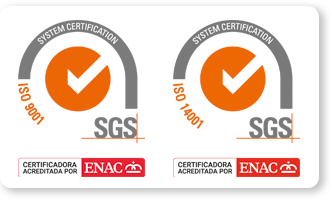Simulation Studies for Process Engineering Design
Challenges faced by Engineering Firms during Design Phases for greenfield projects, or during revamps for brownfield ones, solved with Process Simulation Studies.

Engineering firms always work to tight project schedules, usually with a tightly-controlled budget. The use of dynamic process simulation studies, even in the early phases of design (FEED or EPC), can help to optimize the CAPEX of the proposed alternative. Taking the right decisions at the right time when choosing equipment, and when deciding safety and energy-management approaches will ensure productivity, synchronization and the maintenance of projects on track.
Some achievable benefits reported by our EPC clients when using dynamic simulation during Engineering Phases (FEED – EPC) for Greenfield assets, or during revamps for brownfield ones include:
Reduction in Equipment Costs
Many design parameters are based on transient operating conditions. Dynamic simulation accurately simulates transient events to predict the conditions that define equipment mechanical design temperatures and pressures.
Testing of Heat Integration options
Complex designs with tight heat integration may need supplemental heat for start-ups. Dynamic simulation can validate the process design to determine if adequate start-up heat is available.
Better designed and validated
Control Strategy
Testing the control strategy before the plant goes online to avoid costly troubleshooting and tuning efforts in the field. Compressor systems and complex fractionation systems are good examples of equipment in which unexpected trips and equipment damage can be avoided.
Analysing Flare and Relief
Systems for HAZOP
Dynamic Simulation has been used in safety studies to validate relief system designs as a result of a HAZOP analysis. Supplementary HAZOPs were carried out with the help of the dynamic models, increasing confidence in the analysis results.
Tested Operating Procedures
Standard Operating Procedures that might have been proposed during EPC phase can be enhanced, tested and validated with the help of dynamic simulation, avoiding costly and lengthy start-ups, reducing total project time and product time-to-market.
Evaluating First-of-a-Kind Plants
(and/or processes)
These plants often have unforeseen process, control and relief problems. Dynamic simulation can be used as a process design tool to reveal these problems early in the design phase to avoid costly modifications during or after start-up.


